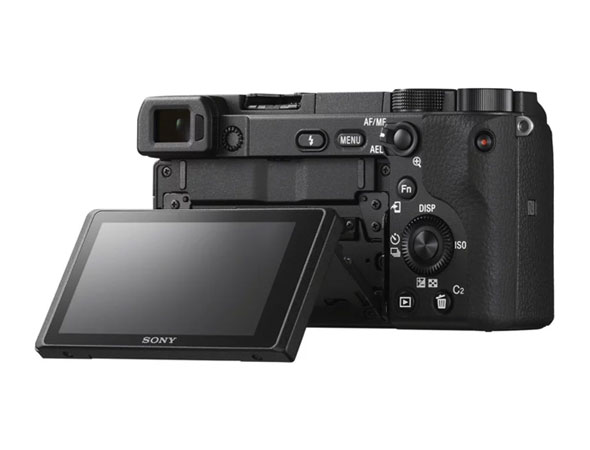
Img src: įor landscape, sports, and nature photography, shutter speed is extremely important aesthetically because shots contain moving subjects. Shutter speed, aka exposure time, can either freeze or blur subjects in motion. Generally speaking, the faster the shutter speed the more an object is frozen, while slower speeds can create motion blur. The shutter speed setting (also known as “exposure time”) determines the amount of time your camera’s sensor is exposed to light while taking a photograph literally, it’s how fast your shutter opens and closes. Shutter Speed: slow and steady (on a tripod) For product photography, start as high as possible (like F22 or F16) and decrease as needed. The higher your F-Stop, the more light you let in and the more of your product is in focus. Takeaway: Aperture is the pupil of your camera. In almost every other case, you will want the entire product to be in complete focus. The exception that proves the rule is when you’re trying to highlight a detail, like a handle on a knife or a buckle on a belt, and you use lower aperture to draw the eye to the focal point.
#SONY A6400 VIDEO WHITE BALANCE LOCK FULL#
You will almost always want to use as high an F-stop as possible, like F16 or F22, in order to capture your product in full focus.Īperture F-stop settings determine depth of field, which is the area that’s in focus. Lower F-stops also create a shallow depth of field, allowing you to focus on specific details while focus falls off and blurs around your focal point.įor product photography, shutter speed isn’t an issue because your camera is on a tripod and your light is generally consistent (even with DIY sources). The lower the number, the more light gets into your camera and the faster your shutter speed can be. If you want high quality product images, you need to set ISO, aperture, and shutter speed yourself.Īperture is measured using a system known as F-stops, and generally ranges from F1 to F22. Lower F-stop settings allow more light and create a shallower depth of field. The depth of field is the area of your shot that is in focus, and it has major aesthetic consequences.Īperture controls how much light passes through a camera lens. It also determines the depth of field of your shot. Aperture: as high as possibleĪperture functions like the pupil of an eye: it controls the amount of light passed through the lens to the camera.
#SONY A6400 VIDEO WHITE BALANCE LOCK ISO#
For product photography, start as low as possible (like ISO 100) and then increase as needed. Takeaway: ISO measures the sensitivity of the image sensor which takes your image. In our at-home studio, we chose 400 because we wanted to keep our ISO lower for image clarity and at the same time help improve the lighting of the product. Start at the lowest possible ISO, and gradually increase it until your product appears properly lit.įor example, let’s select our ISO setting based on the light in our studio. Mount your camera on a tripod and take a look at your product after your lighting is set. You should use the lowest ISO possible in order to keep noise to a minimum. “ISO 100” is a full second, while “ISO 3200” is 1/32 of a second. ISO measurements reflect fractions of a second and generally range from 100-3200. Higher ISO settings can lead to grainy, or “noisy,” images.Ī higher ISO introduces grainy “noise” to your photograph. You can increase ISO to capture images in lower light, or just to capture images faster, but there’s a cost. The lower the number, the less sensitive and the longer you will need to capture an image. ISO is the sensitivity of your camera sensor to light. So what settings should you use? ISO: as low as possible Don’t worry if your camera is another brand, as you should still be able to find these same settings on your camera so long as you have a "manual mode." In our demonstrations, we'll be using a Canon DSLR camera. ISO sets sensitivity to light, aperture controls how much light gets through, and shutter speed is how long your sensor is exposed to light.

Camera settings almost all adjust a camera sensor’s relationship to light, and ISO, aperture, and shutter speed are no different.


 0 kommentar(er)
0 kommentar(er)
